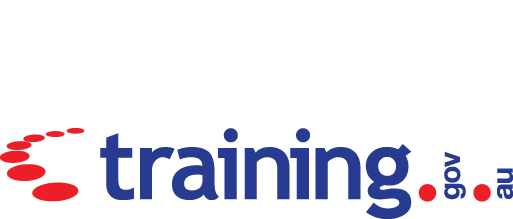Unit of competency
Modification History
Release 1. Supersedes and is equivalent to MSS405024A Apply the theory of constraints
Application
This unit of competency covers the skills and knowledge required to apply the theory of constraints. This unit applies to individuals who as part of their work role need to apply the theory of constraints to assist their organisation to maximise output from a capacity constrained process or system. The unit will normally be applied as part of an organisation’s improvement strategy and in conjunction with other competitive systems and practices units.
The person will typically be a technician, manager or other person who works with others in the bringing of change to an organisation as part of a formal team or otherwise. The unit includes liaison and communication with others, as required.
No licensing, legislative or certification requirements apply to this unit at the time of publication.
Pre-requisite Unit
Nil
Competency Field
Competitive systems and practices
Unit Sector
Not applicable
Elements and Performance Criteria
|
Elements describe the essential outcomes. |
Performance criteria describe the performance needed to demonstrate achievement of the element. |
||
|
1 |
Identify the system constraint and throughput |
1.1 |
Identify goals and objectives of the organisation. |
|
1.2 |
Identify systems, processes and products to be examined. |
||
|
1.3 |
Determine throughput of steps within the system. |
||
|
1.4 |
Identify the capacity constrained process. |
||
|
1.5 |
Determine optimum throughput of capacity constrained process (drum). |
||
|
1.6 |
Determine maximum system throughput based on the capacity constrained process. |
||
|
2 |
Optimise constraint throughput |
2.1 |
Determine optimum accumulation (buffer) before capacity constrained process. |
|
2.2 |
Determine appropriate supply schedule and trigger (rope) for buffer. |
||
|
2.3 |
Implement buffer and rope to match drum. |
||
|
2.4 |
Monitor capacity constrained process and system to ensure optimum throughput. |
||
|
2.5 |
Take required actions to minimise non-productive rate at capacity constrained process. |
||
|
3 |
Prioritise processes and resources to maximising output at the constraint |
3.1 |
Ensure operations and individuals in non-constrained locations protect buffers and prevent build-up of work in process except at buffer locations. |
|
3.2 |
Identify operations that conflict with maximising constraint performance and replace with measures that help maximise throughput. |
||
|
4 |
Determine strategy to reduce capacity constraint |
4.1 |
Examine causes of the constrained capacity. |
|
4.2 |
Develop possible ways of increasing system capacity. |
||
|
4.3 |
Analyse and rank possible alternatives for increasing capacity. |
||
|
4.4 |
Draft a strategy for increasing capacity of system. |
||
|
4.5 |
Obtain required approval for response strategy. |
||
|
5 |
Implement a process of on-going improvement as appropriate |
5.1 |
Develop an implementation plan appropriate to the organisation. |
|
5.2 |
Implement plan, as appropriate. |
||
|
5.3 |
Monitor implementation. |
||
|
5.4 |
Modify implementation plan, as appropriate. |
||
|
5.5 |
Identify next capacity constrained process and take action. |
||
Foundation Skills
This section describes those required skills (language, literacy and numeracy) that are essential to performance.
Foundation skills essential to performance are explicit in the performance criteria of this unit of competency.
Range of Conditions
|
This field allows for different work environments and conditions that may affect performance. Essential operating conditions that may be present (depending on the work situation, needs of the candidate, accessibility of the item, and local industry and regional contexts) are included. |
|
|
Competitive systems and practices include one or more of: |
|
|
Constraint (something that prevents or makes it harder for the organisation to achieve improved performance) includes one or more of: |
|
|
Non-productive time includes one or more of: |
|
Unit Mapping Information
Release 1. Supersedes and is equivalent to MSS405024A Apply the theory of constraints
Links
Companion Volume implementation guides are found in VETNet - https://vetnet.gov.au/Pages/TrainingDocs.aspx?q=5b04f318-804f-4dc0-9463-c3fb9a3fe998


